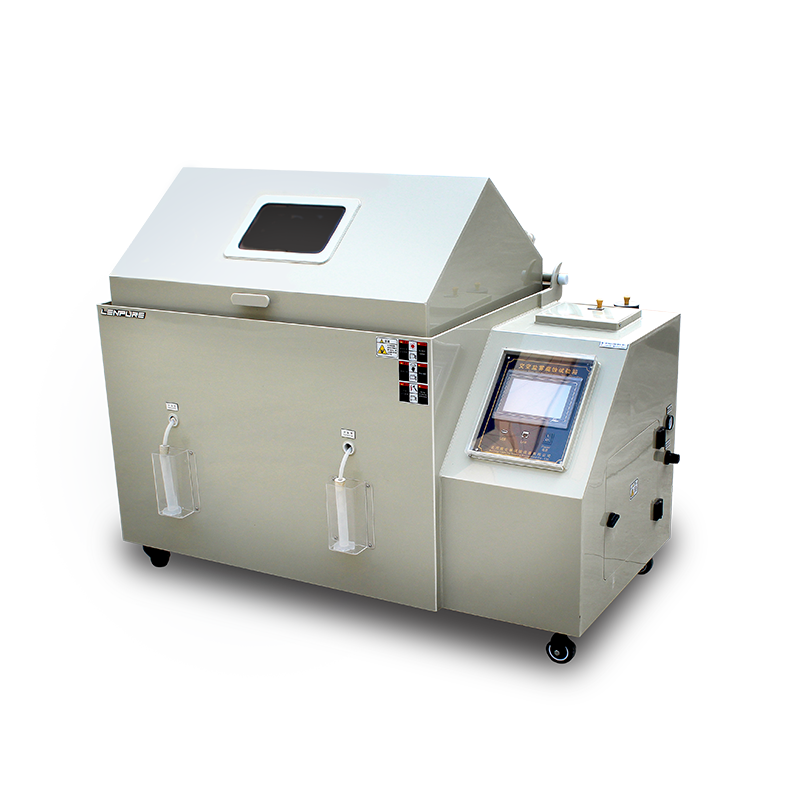

To meet various market demands, many types of testing chambers have been developed, among which the salt spray test chamber is one of the most common. This equipment is widely used in industries such as power, mining, and machinery, owing to its advantages like aging resistance, corrosion resistance, easy cleaning, and leak-proof performance. The purpose of the salt spray test chamber is to simulate a salt spray environment similar to real-world conditions, testing the corrosion resistance of materials.
Inside the chamber, the salt spray is generated when the test solution is sprayed through the nozzle under compressed air pressure. The quality of the nozzle is crucial for ensuring a successful test. Therefore, manufacturers strictly control the nozzle’s aperture size and curvature angle to guarantee that the chamber produces salt spray that meets testing standards.

However, some users encounter issues such as clogging or damage to the nozzle during testing, which can significantly disrupt the process. To better protect the nozzle of the salt spray test chamber, the following measures should be taken:
Use Distilled or Deionized Water
The water added to the chamber should preferably be distilled or deionized to minimize impurities, greatly reducing the risk of nozzle clogging.
Install an Oil-Water Separator
Since the nozzle’s aperture is very small, impurities in the water can easily stick to the nozzle, affecting salt spray formation. To prevent water vapor and oil from entering the compressed air and depositing on the nozzle, users should install an oil-water separator.
Handle the Nozzle with Care
Whether installing or cleaning a clogged nozzle, handle it gently to avoid impact damage. Excessive force during handling can easily break the nozzle.
Set the Spray Pressure Appropriately
The spray pressure should not be too high. Generally, it should be set between 0.07 MPa and 0.17 MPa. If the pressure is too high, the nozzle may break due to excessive force.
The above points summarize key protective measures for the nozzle of a salt spray test chamber. We hope this helps resolve any doubts and ensures smooth operation of the equipment.